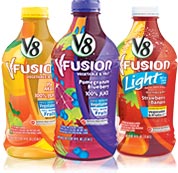A Brand Planner Moment.
In the LinkedIn Account Planner Group I just posted a question “At what moment did you know you were a brand planner?” I’ve posted it once before, but the question didn’t get a lot of traction. Words matter, especially today, so perhaps I used the wrong words the first time. I expect some interesting answers.
My moment: I was working at a small ad agency and a gentleman from XYZ Ventures (name withheld), a VC firm was using us to make some stuff. We had a meeting or two before I set off to make him a marketing plan. The gentleman from XYZ was the acting CMO for a tech company in the insurance industry. The tech company had taken the VC money but needed a plan. This acting CMO was a big idea guy and made inspiring PowerPoints, but he had a day job and lateralled the marcom plan to me.
These were the days of web-based start-ups where money and engineering led marketing plans – and the outsourcing the marketing was art of the day.
My marketing plan and brand plan were blessed and hailed. Shortly thereafter, when the gentleman left XYZ he hired me for his own start-up to do the same thing. The moment I knew I was a brand planner was moment I received that job offer. It was as director of marketing, but I was hired for the plan. Peace!






